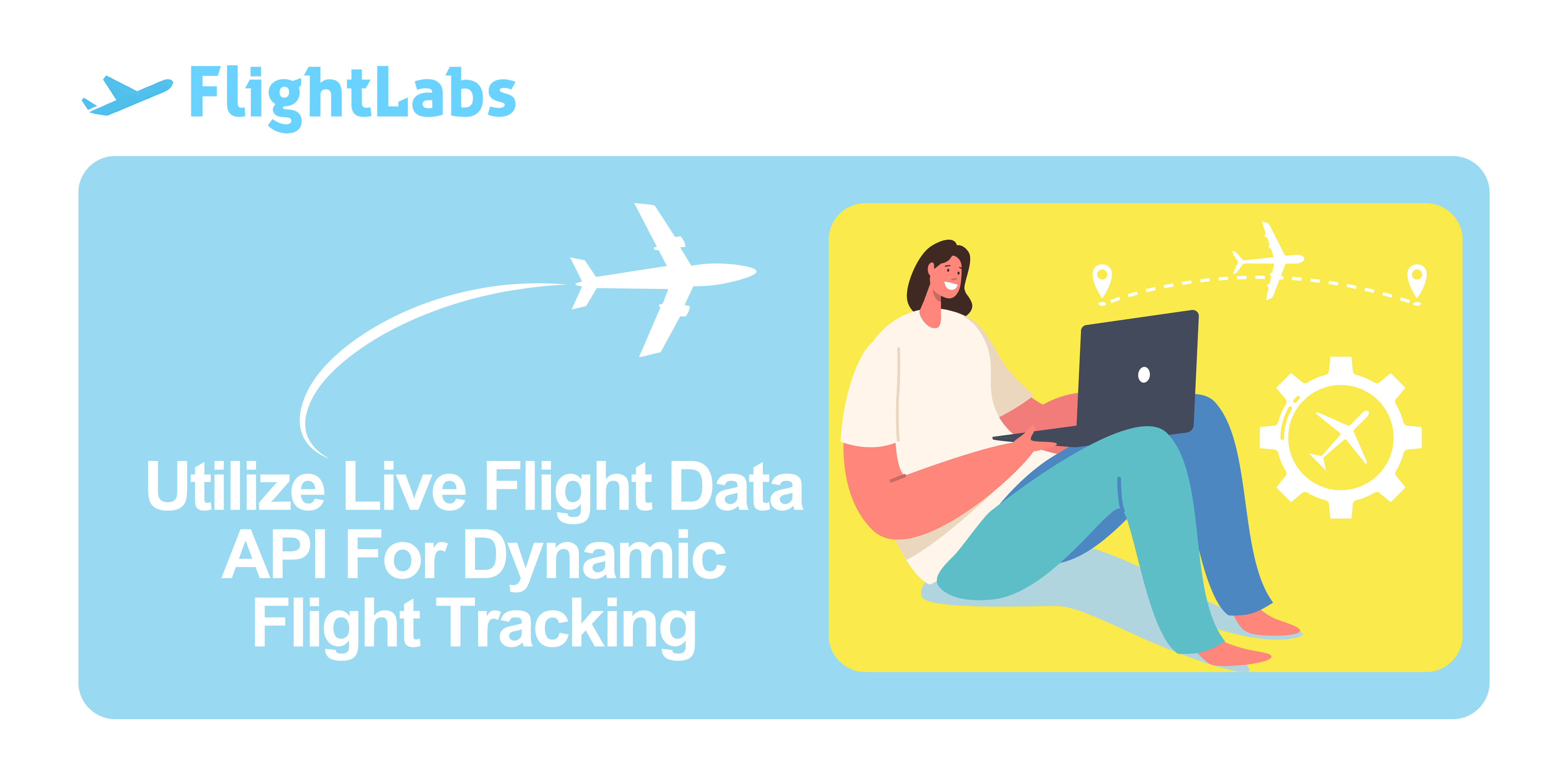Utilize Live Flight Data API For Dynamic Flight Tracking

In today's fast-paced world, real-time information is not just a luxury but a necessity, especially when it comes to air travel. Travel apps are increasingly relying on Live Flight Data APIs to provide users with up-to-date information on flight statuses, delays, and more. One standout provider in this field is FlightLabs, renowned for its comprehensive and dynamic flight tracking capabilities.
Impact of Live Flight Data APIs on Travel Apps and the Air Travel Industry
Enhancing user experience and app functionality
The integration of Live Flight Data APIs, such as FlightLabs, into travel apps has significantly enhanced the user experience by providing real-time and accurate flight information. This dynamic flight tracking feature enables travelers to plan and manage their trips more efficiently, reducing the stress and uncertainty associated with air travel.
Revolutionizing the travel industry with dynamic flight tracking
Live Flight Data APIs are revolutionizing the travel industry by offering dynamic flight tracking capabilities. Airlines, travel agencies, and travel app developers can leverage this technology to provide personalized and timely information to travelers, improving customer satisfaction and loyalty. Moreover, the real-time data insights offered by these APIs enable businesses to optimize operations, streamline processes, and make data-driven decisions.
Future potential and integration possibilities
The future potential of Live Flight Data APIs in the travel industry is immense. With advancements in technology and increasing demand for real-time information, these APIs will continue to evolve and offer new features and functionalities. Integration possibilities are endless, from personalized travel recommendations and predictive analytics to augmented reality-based airport navigation and more.
FlightLabs: Comprehensive Airline Routes, Airports, And Aircraft Information At Your Fingertips
FlightLabs offers real-time access to flight status, allowing developers to keep users informed about the current location, estimated arrival time, and any delays. This feature is invaluable for travelers who want to stay updated on their flight's progress without constantly checking airline websites or airport displays. In addition to real-time data, FlightLabs provides access to extensive historical flight records and schedules. This wealth of information enables developers to offer users insights into past flight performances, on-time statistics, and historical flight paths, enhancing the overall user experience.
FlightLabs is not just limited to flight tracking; it offers a comprehensive database of airline routes, airports, and aircraft information. This feature allows developers to build robust and informative travel apps that can assist users in planning their trips, exploring different routes, and learning more about the aircraft they will be flying on. One of the standout features of FlightLabs is its regular data updates, with information being refreshed every 10 minutes. This ensures that developers and users have access to the most accurate and current flight data available, making the API highly reliable and trustworthy.
Getting Started with FlightLabs
Registering and obtaining API credentials
Getting started with FlightLabs is straightforward. Developers can register for an API key on the FlightLabs website, which will grant them access to the API's features and functionalities. Once registered, developers can obtain their unique API credentials, which they will use to authenticate their requests and access the live flight data.
Making API requests for real-time flight data
With the API credentials in hand, developers can start making requests to the FlightLabs to retrieve real-time flight data. The API offers a variety of endpoints for different types of data, such as flight status, historical records, and airport information. Developers can easily integrate these API calls into their applications to provide users with the information they need.
Handling and parsing the API response data
Upon making a request to the FlightLabs, developers will receive a JSON-formatted response containing the requested flight data. Developers will need to parse this data and extract the relevant information to display it in their applications. With well-documented API documentation and support from FlightLabs, handling and parsing the API response data is a seamless process.
Conclusion
Live Flight Data APIs, particularly FlightLabs, are transforming the travel apps scenario and the air travel industry at large. By providing developers with access to real-time flight data, historical records, and comprehensive airline, airport, and aircraft information, FlightLabs is empowering them to build innovative and user-friendly travel applications. As the demand for dynamic flight tracking and personalized travel experiences continues to grow, Live Flight Data APIs will play a crucial role in shaping the future of the travel industry. Embracing this technology is not just beneficial but essential for developers and businesses looking to stay ahead in the competitive travel market.

